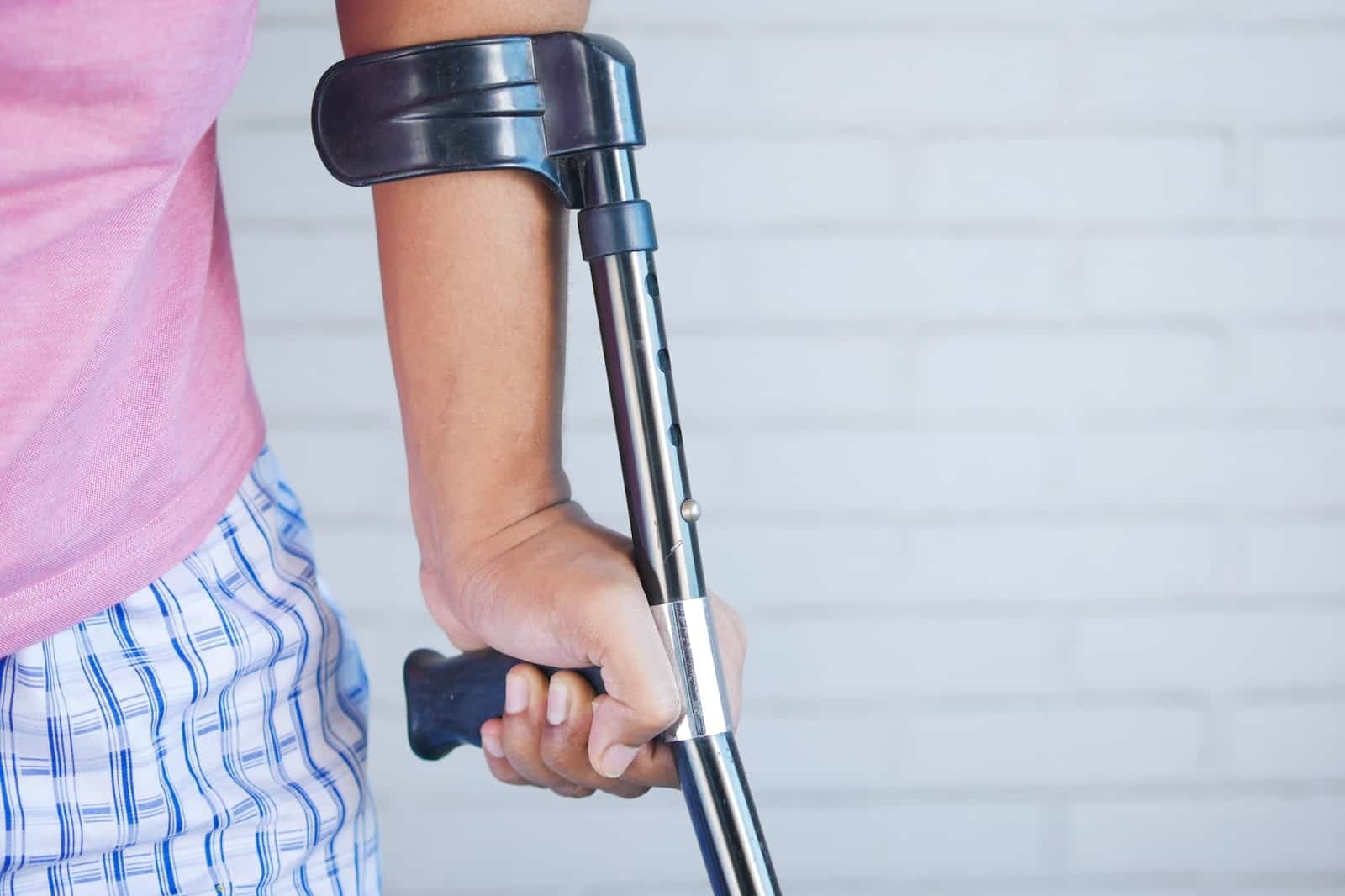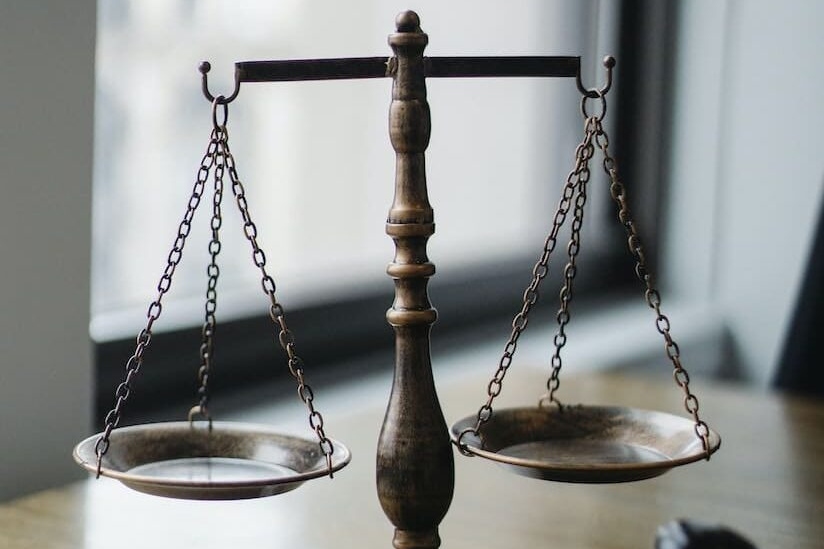In recent years, legal animation has become a powerful tool for lawyers and litigators. With its ability to simplify complex concepts and make them more engaging and memorable, animation has proven to be a valuable asset in a variety of legal settings. In this blog post, we’ll take a closer look at what legal animation is, how it can be used in court, and some of the key application cases where animation has made a significant impact.
What is Legal Animation?
Legal animation refers to the use of animation technology to create visual representations of legal concepts and evidence. This can include everything from animated diagrams and flowcharts to 3D renderings of crime scenes or accidents. Legal animation can be used to help explain complex concepts, reconstruct events, and present evidence in a clear and compelling way.
How Animation Can Help Win a Case
There are many ways that animation can help win a case. Here are just a few examples:
- Simplifying complex concepts: Legal cases can involve complex legal concepts and procedures that can be difficult for juries or judges to understand. Animation can be used to simplify these concepts and make them more accessible. For example, an animated flowchart can help explain the steps in a legal process, while an animated diagram can help explain the inner workings of a complex system.
- Presenting evidence: Animation can be used to present evidence in a way that is more engaging and memorable than traditional forms of evidence. For example, an animation of a car accident can show the sequence of events in a way that is more clear and compelling than a series of still photographs.
- Reconstructing events: Animation can be used to reconstruct events in a way that is more accurate and objective than eyewitness testimony. For example, an animated reconstruction of a crime scene can show the positions of all the people involved and the sequence of events leading up to the crime.
Application Cases
Legal animation has been used in a variety of legal settings, from criminal trials to civil lawsuits. Here are a few examples of how animation has been used in real-world cases:
- Criminal trials: In a high-profile murder trial, animation was used to show how the defendant could have committed the murder without being seen by witnesses. The animation helped the jury understand how the crime could have been committed and was a key factor in the defendant’s conviction.
- Patent disputes: In a patent dispute between two tech companies, animation was used to show how the patented technology worked. The animation helped the judge understand the technology and was a key factor in the decision.
- Personal injury lawsuits: In a personal injury lawsuit, animation was used to show how the plaintiff was injured in an accident. The animation helped the jury understand the nature and severity of the injuries and was a key factor in the award of damages.
Legal animation is a powerful tool that can help lawyers and litigators win cases. By simplifying complex concepts, presenting evidence in a compelling way, and reconstructing events, animation can be a valuable asset in a variety of legal settings. As animation technology continues to advance, we can expect to see even more innovative uses of legal animation in the years to come.


